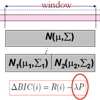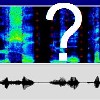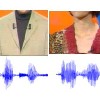Monophony / Polyphony Distinction
Context In many fields of music analysis (for example: source separation, instruments recognition,…), it could be usefull to know how many instruments are present, or how many notes are played at the same time. We propose here a method for this last problem. Here, a “monophonic” sound is defined as one note played at a time (either played by an







